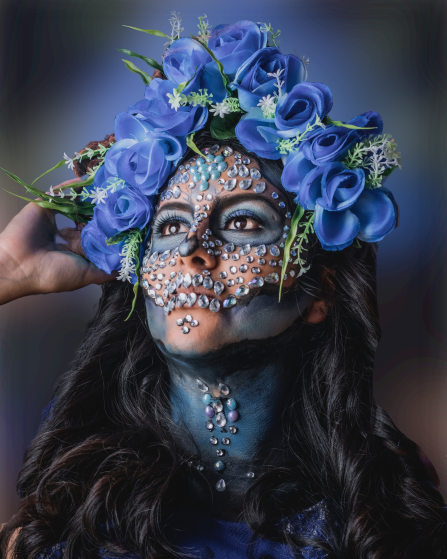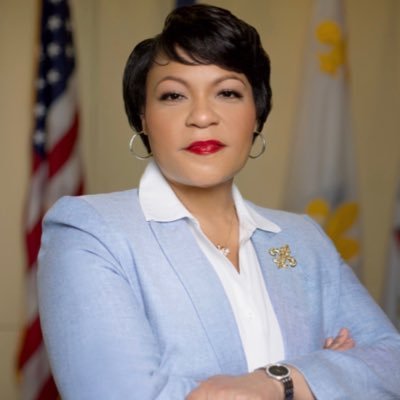About Mardi Gras
The holiday of Mardi Gras is celebrated in all of Louisiana, including the city of New Orleans. Celebrations are concentrated for about two weeks before and through Shrove Tuesday, the day before Ash Wednesday. Usually there is one major parade each day. many days have several large parades. The largest and most elaborate parades take place the last five days of the Mardi Gras season. In the final week, many events occur throughout New Orleans and surrounding communities, including parades and balls.

History
Click One Of Us
History
The first record of Mardi Gras being celebrated in Louisiana was at the mouth of the Mississippi River in what is now lower Plaquemines Parish, Louisiana, on March 2, 1699. Iberville, Bienville, and their men celebrated it as part of an observance of Catholic practice. The date of the first celebration of the festivities in New Orleans is unknown. A 1730 account by Marc-Antione Caillot celebrating with music and dance, masking and costuming (including cross-dressing). Excerpt | A Company Man - The Book An account from 1743 that the custom of Carnival balls was already established. Processions and wearing of masks in the streets on Mardi Gras took place. They were sometimes prohibited by law, and were quickly renewed whenever such restrictions were lifted or enforcement waned. In 1833 Bernard Xavier de Marigny de Mandeville, a rich plantation owner of French descent, raised money to fund an official Mardi Gras celebration.
Colors
For More
Colors
The colors traditionally associated with Mardi Gras in New Orleans are green, gold, and purple. The colors were first specified in proclamations by the Rex organization during the lead-up to their inaugural parade in 1872, suggesting that balconies be draped in banners of these colors. It is unknown why these specific colors were chosen; some accounts suggest that they were initially selected solely on their aesthetic appeal, as opposed to any true symbolism. Errol Laborde, author of Marched the Day God: A History of the Rex Organization, presented a theory that the colors were based on heraldry: all three colors correspond to a heraldic tincture, and Rex's goal may have been to create a tricolor to represent their "kingdom". Purple was widely associated with royalty, while white was already heavily used on other national flags, and was thus avoided. Furthermore, he noted that a flag in green, gold and purple in that order complies with the rule of tincture, which states that metals (gold or silver) can only be placed on or next to other colors, and that colors cannot be placed on or next to other colors. Following a color-themed Rex parade in 1892 that featured purple, green, and gold-colored floats themed around the concepts, the Rex organization retroactively declared that the three colors in that order symbolized justice, power, and faith. The traditional colors are commonly addressed as purple, green, and gold, in that order—even though this order violates the rule of tincture
Costume & Masks
Information
Costumes
In New Orleans, costumes and masks are seldom publicly worn by non-Krewe members on the days before Fat Tuesday (other than at parties), but are frequently worn on Mardi Gras. Laws against concealing one's identity with a mask are suspended for the day. Banks are closed, and some businesses and other places with security concerns (such as convenience stores) post signs asking people to remove their masks before entering.
About NOLA's Mayor

LaToya Cantrell
LaToya Cantrell was born on April 3, 1972.
She is an American politician serving as
the
Mayor of
New Orleans, Louisiana, a post
she has held since May 7, 2018.Cantrell, a Democrat, is the firstblack woman to hold the
post.
Before becoming mayor,
Cantrell represented District B onthe New Orleans City Council from 2012–2018.
education
Cantrell was born as LaToya Wilder in Los Angeles.
She moved to New Orleans in 1990 to attend Xavier
University of Louisiana, where she earned a BA in sociology. She attended an executive
training
program at the Harvard Kennedy School.
career
Cantrell declared her candidacy for mayor of New Orleans in March 2017 in a race to replace term-limited mayor Mitch Landrieu. An open primary was held on October 14 and included 18 candidates. Cantrell garnered the most votes, winning 39% of the total. In the November 18 runoff election, Cantrell defeated fellow Democratic opponent Desiree Charbonnet, a former municipal judge, with 60% of the vote. She is the first woman to lead New Orleans in its 300-year history, as well as the first mayor not born in the city since Vic Schiro.